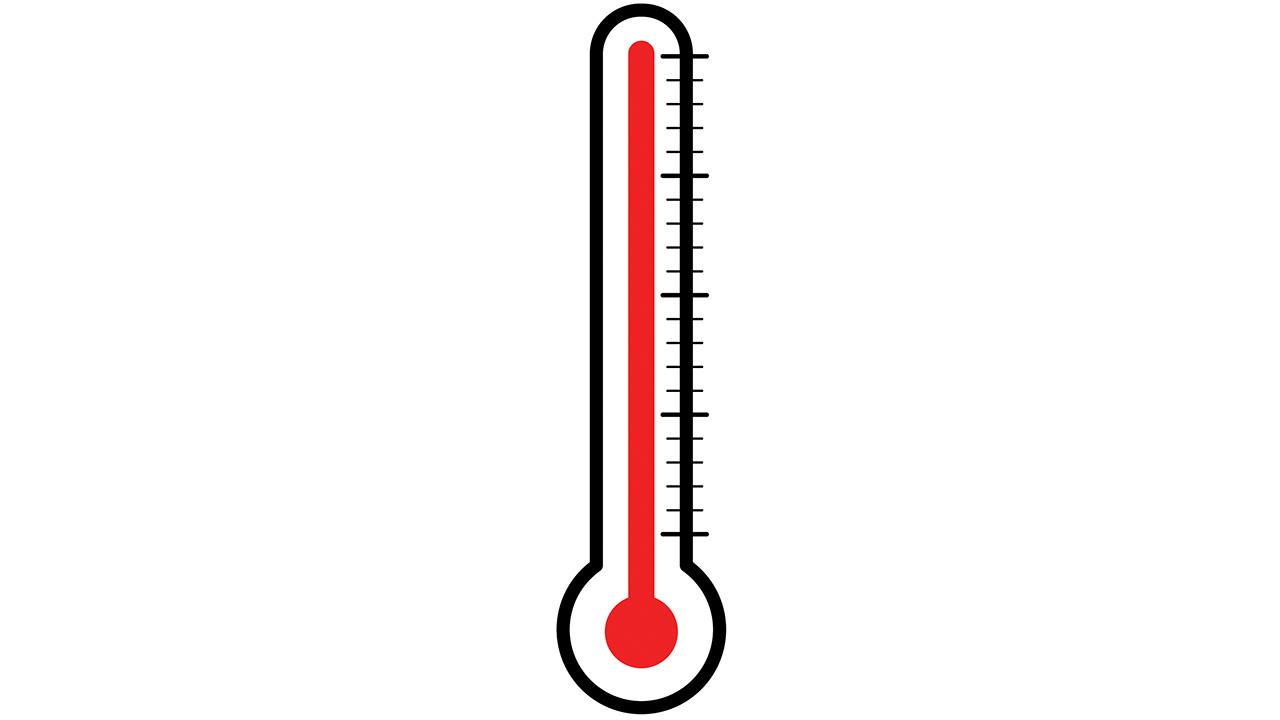


Isaac Occhipinti, Head of External Affairs at the Hot Water Association, discusses control requirements and options for hot water storage cylinders.
In keeping with many other home appliances, there is an increased focus on energy saving and efficient operation of water heating cylinders. One of the key elements to this is providing good control – from basic mandatory controls to more sophisticated ‘smart’ controls and grid integration.
The most basic control of the system, as we know, is the thermostat. This will be set to the required storage temperature of the cylinder, typically between 60-65°C to control any microbiological growth. However, it should be borne in mind that temperatures above 52°C will scald, so further point of delivery temperature control measures should be considered.
Indeed, Building Regulations Approved Document Part G3 states that water delivered from a bath tap should not exceed 48°C – this will require the installation of a thermostatic blending valve on the water supply to the bath tap for domestic properties. In commercial properties where elderly or infirm persons regularly use hot water outlets, control of the hot water temperature at those points is also good practice, and indeed mandatory in healthcare premises.
For many years now it has also been a requirement of Building Regulations that a cylinder is fitted with an over-temperature thermal cut-out. These operate at a temperature higher than the maximum thermostat temperature (typically around 82°C), so only operate where the thermostat has failed, preventing the water from reaching excessive temperatures. The thermal cut-out will not automatically reset, requiring an engineer’s intervention to investigate the reason for operation. On most cylinders and immersion heaters the thermostat and thermal cut-out are combined in one control device.
Where the cylinder is heated by an external heat source, such as a boiler, Building Regulations require that the thermostatic control is interlocked with a time control or programmer. In this way, the water heating can be limited to times when the water is most needed. When there is low demand, the heat source can be switched off by the programmer and the efficient insulation of modern cylinders will ensure there is very little temperature drop in the cylinder until the next heating ‘on’ period.
For directly heated cylinders, it is recommended that the bulk of the water heating is done by connection to an off-peak electricity tariff. This limits the time that the cylinder is switched on under thermostatic control. Such cylinders are usually provided with two immersion heaters, one heating most of the stored water, the other heating a smaller ‘boost’ volume which is manually switched on and operates for a limited time.
Such controls will provide control of the water temperature, time of operation and, in the event of a malfunction, the safety of the cylinder. However, nowadays they should be seen as a minimum requirement.
More sophisticated controls are becoming available as water heating becomes part of the Internet of Things. Electronic controls with mobile device app-based access are now available so the heat input to the cylinder can be remotely monitored and, if required, switched on or off. Controls are also available that learn the consumer’s hot water usage profile and optimise the time and temperature of operation. These can lead to a significant reduction of energy usage, potentially saving the user money.
The use of electronic controls also enables products to incorporate levels of user feedback, for example temperature readout, energy content in terms of number of baths, showers, etc. possible, energy used, and reheat times.
Much of our energy now comes from renewable, low carbon sources, but much of this is produced when demand on the grid is low. It cannot be switched off, so energy providers ideally wish to store the energy. Hot water provides an excellent medium for doing this.
Water heater controls that communicate with the energy supplier so that they know which appliances have ‘spare’ energy capacity are under trial. When there is excess generation, the supplier will have the ability to remotely switch on those connected cylinders and utilise the excess energy to heat them at a reduced cost tariff.
At a household level, properties with PV panels often generate more electricity than is used which gets exported back into the grid. Controls are available to divert this exported energy to an immersion heater, essentially heating some of your hot water for free. Should the amount of export energy be limited, the conventional controls will take over and top up the temperature to the usual level.
Whether essential or enhanced, it is clear control of your cylinder is key to its efficient operation.
If you'd like to keep up-to-date with the latest developments in the heating and plumbing industry, why not subscribe to our weekly newsletters? Just click the button below and you can ensure all the latest industry news and new product information lands in your inbox every week.